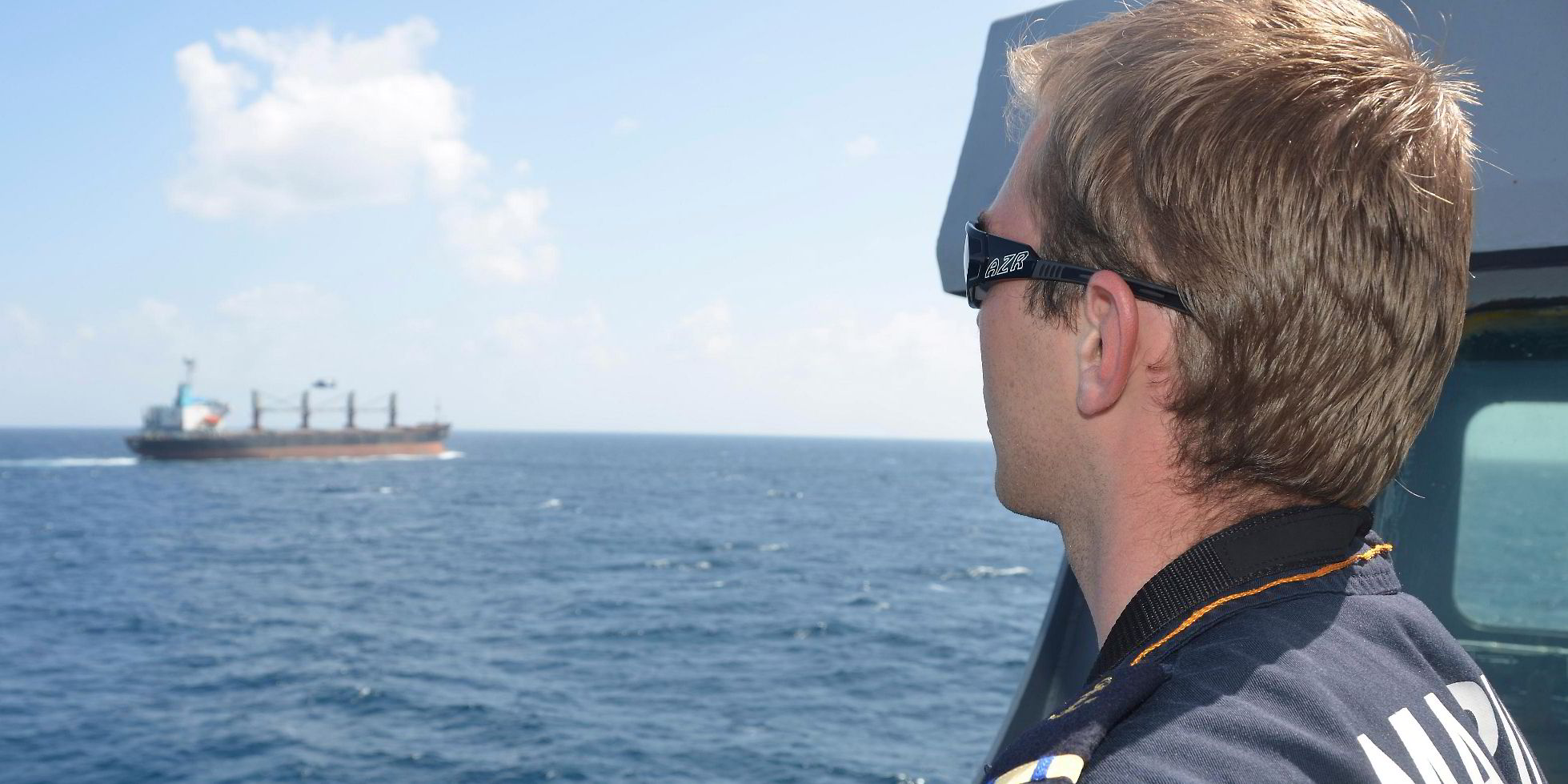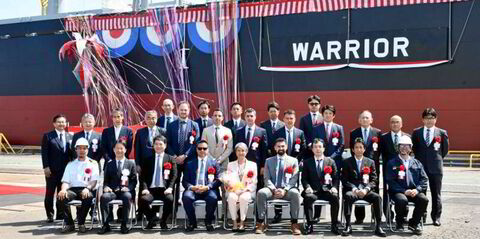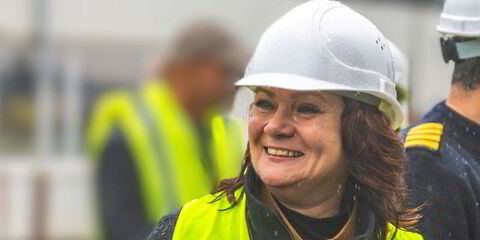The attack on the chemical tanker CPO Korea is being taken as one of the clearest recent indications that co-ordinated piracy action is re-emerging off the East Coast of Africa, with the capability to operate hundreds of miles out into the Indian Ocean.
The incident involving the 52,000-dwt CPO Korea (built 2009) occurred 300 nautical miles off the coast of Somalia.
Although it was successfully deterred by a private security firm, it is the nature of the attack that has caused concern.
The incident bears all the characteristics of the model of piracy off Africa’s east coast that peaked in 2008 with dozens of ships and hundreds of seafarers held hostage by Somali-based pirates.
Back then, so called mother vessels were instrumental in transporting small skiffs up to 640 kilometres (400 miles) into the Indian Ocean to attack merchant vessels.
Merchant shipping in sights
Gerry Northwood, chief executive at specialist maritime private security firm MAST, says his intelligence suggests pirates have similar capability in place to attack merchant shipping again.
“The recent attack on the CPO Korea demonstrates that a pirate action group was operating 300 miles off the coast of Somalia. While the mother vessel was not seen, to operate that far off the coast leads us to believe they must have had additional support,” he said.
“This indicates that the pirate action group was well resourced. Furthermore, there has been unofficial reporting from the military authorities that Iranian fishing vessels came under attack at the same time in the same area,” he said.
Further intelligence points to social, political and economic factors that set the scene for a re-emergence of piracy off East Africa.
Leading pirate gangsters who were instrumental in the past wave of Somalian piracy are also due for release from prison.
“A breakdown of the current political process in East Africa could result in the federal government being unable to hold the various regions to account, and this might inevitably give rise to piracy,” said Northwood.
“There are already signs of this as the election process staggers on, with reportedly huge levels of corruption, and the question is how long will the international community be prepared to keep financing them?” he added.
“Many pirates who are being freed from jail and find they have nothing to return home to, coupled with economic instability, will likely lead to them joining other disaffected young men in the villages. The vulnerability of the area and its people mean they will be ideal recruiting material for investors looking to mount pirate action groups.”
There have been multinational co-ordinated attempts to help Somalia develop economically in a bid to stop the growth of piracy but progress has been slow.
European Community Shipowners’ Association (ECSA) secretary-general Patrick Verhoeven recently said — when welcoming a decision to continue deploying anti-piracy navy force Atalanta in the region — that the socio-economic conditions for piracy to emerge are still present in Somalia.
He said so long as factors such as “a stable political situation, job opportunities and social rest are not well established, piracy will remain an attractive business model for criminal networks”.
While shipowners have been encouraged by the continuation of the European Union (EU) combined navy force Atalanta, Northwood suggests it is not sufficient to provide security for ships operating in the region.
Not to be ‘underestimated’
Northwood said the contribution of Atalanta should not be “underestimated”, along with other initiatives such as the Maritime Security Centre-Horn of Africa.
But he cautioned: “The reality is that the distances are vast and the number of ships few. A vessel attacked by pirates in the position where the CPO Korea was attacked is unlikely to see any help from operation Atalanta or any other naval patrol inside 24 hours. This is why it is so important that commercial vessels take responsibility for their own security through good (industry recommended) Best Management Practice 4 measures and the provision of armed guards.”
On the other side of Africa, piracy has been centred largely on cargo theft with vessels hijacked and cargo taken before the vessel is returned.
The hijackings are often characterised by violence against the crew but now there are signs that the crew themselves are becoming the specific target of the attacks.
Three crew from the Laskaridis-controlled, 335,938-cbf reefer Sonic Breeze (built 1991) were taken hostage after an attack off Benin at Cotonou anchorage.
Northwood believes that kidnapping could be the latest trend in West African piracy and that is a worrying concern for crews given the extent of violence used in previous attacks.
“West African piracy is very faddish and the different types of criminality — kidnapping, cargo theft, robbery — waxes and wanes according to the political and economic situation ashore.
“As the authorities adapt their focus on particular types of crime, the criminals shape their approach accordingly. Kidnapping has grown in popularity over a number of years as it is a very lucrative business model for criminal gangs.”
“A recent case saw the hostages ‘traded’ at the point of a gun from one gang to the next. It is a very competitive business for the criminals and an extremely frightening and dangerous experience for the victims,” cautioned Northwood.



